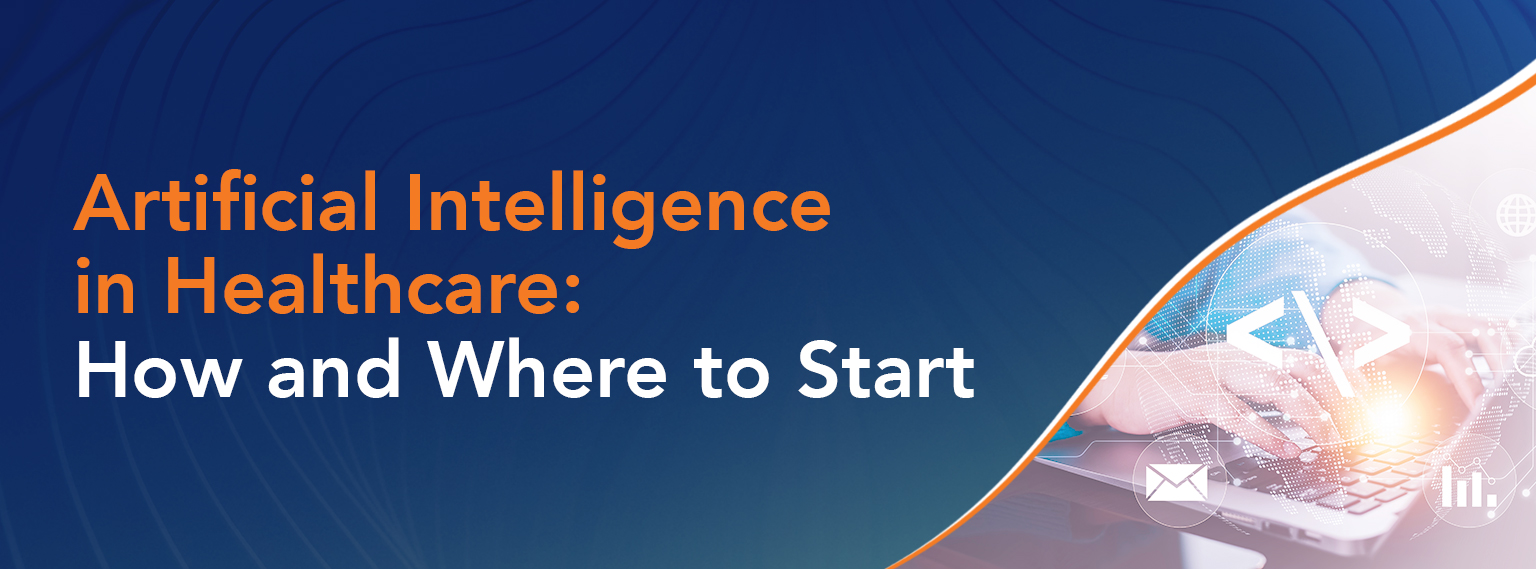By Vijayashree Natarajan, SVP, Head of Technology, Omega Healthcare
Artificial intelligence (AI) already is changing healthcare in significant ways, from improving scheduling to predicting cancer, but the field has only begun to feel the impact of this technology. As Generative AI and AI (collectively referred to as AI in this article) become more sophisticated and creators devise new ways to use it, the possibilities are endless.
Investors recognize AI’s potential in healthcare and other industries. According to a recent report from Boston Consulting Group and nasscom, $83 billion was invested in AI worldwide last year, with the global market value predicted to reach up to $380 billion by 2027. Advanced AI technologies like generative AI (GenAI) are expected to contribute approximately 33% of the overall AI market. With $23 billion invested in GenAI last year, healthcare trails only technology and banking in AI funding.
ROI from AI
While everyone is talking about AI, adoption is not universal. According to Bain & Company, health executives are deeply concerned about rising costs, but few are leveraging AI to improve productivity and cost efficiency.
For faster time-to-value, progressive health systems are focusing on applying AI tools to the administrative side of healthcare, specifically to revenue cycle management (RCM) processes. This is not only because healthcare organizations are under pressure to improve financial performance, but also due to a historic shortage of qualified RCM professionals (coders, billers, and authorization specialists).
AI uses in revenue cycle management
Leading health systems are starting their AI journey with highly focused, low-risk use cases with some near-term ROI. Here are a few examples of how AI is optimizing RCM:
- Conduct root-cause investigations of denials where the technology analyzes payer adjustment codes from remittance forms and creates regular denial reports for the provider to improve documentation.
- Identify documentation requirements for PA, eliminating the chance that they will be overlooked by busy staff. This can help reduce delays in care and adverse events while also helping to reduce PA-related denials.
- Utilize Computer-assisted coding (CAC) with natural language processing (NLP) to choose the appropriate medical diagnosis, procedure, and phrases from the patient chart. The technology then matches them to the ICD-10 and CPT codes, increasing coder productivity by at least 20%.
- Extract and classify data from unstructured correspondence letters (such as denial letters or other communications between health plans and providers), predict denials, post them to the provider billing system, and automate follow-ups.
Automating revenue cycle management using advanced AI technologies improves overall efficiency, productivity, and accuracy, which is reflected in better financial performance for providers.
Where to begin?
While everyone is talking about AI, unfortunately, many organizations lack the financial resources or internal expertise necessary to implement those technologies. For these organizations, working with partners who can provide AI-as-a-service may be the optimal solution. Outsourcing to RCM experts can provide the necessary infrastructure and pre-trained LLM models to develop solutions quickly.
Processes that directly impact revenue, such as coding and prior authorizations (PAs), should be prioritized for outsourcing to AI experts. Here’s why:
- Poor quality coding leads to increased denials, higher collection costs, and write-offs. Outsourcing all or a portion of coding functions to a partner expert in AI can generate a quick return on investment. Partners who use AI deliver more accurate coding by proactively identifying and flagging potential issues so that they can be addressed before the claim hits the payer’s adjudication system and is rejected or denied.
- According to an analysis from McKinsey & Company, “AI-enabled PA can automate 50 to 75 percent of manual tasks, boosting efficiency, reducing costs, and freeing clinicians at both payers and providers to focus on complex cases and actual care delivery and coordination.”
A safe bet
AI in healthcare and related technologies reduce administrative burdens, improve clinical workflows, and enhance the patient’s experience. Partnering with revenue cycle experts who use AI allows organizations to reap benefits quickly without having to invest time and money in risky and ever-evolving technology.
###


